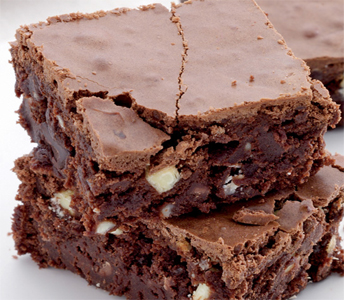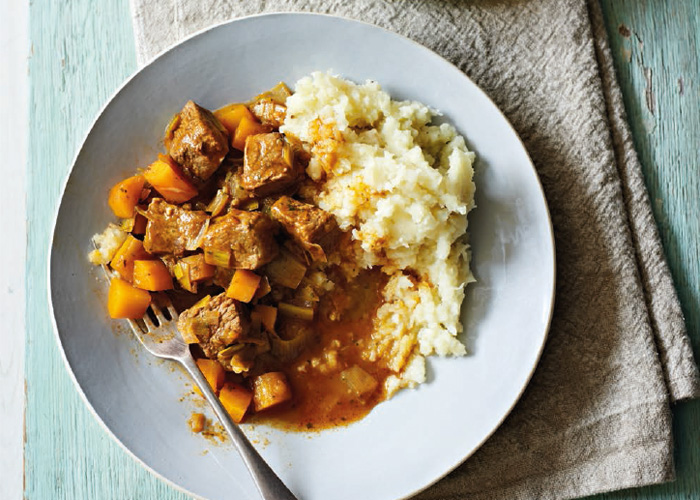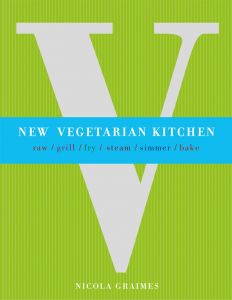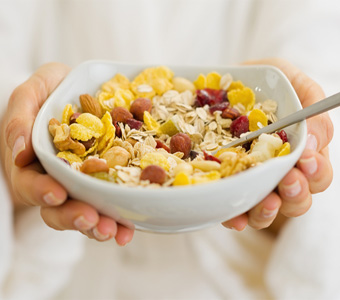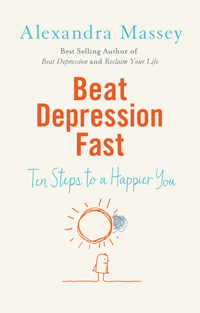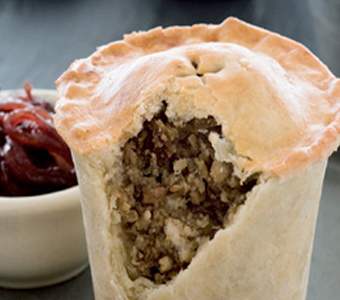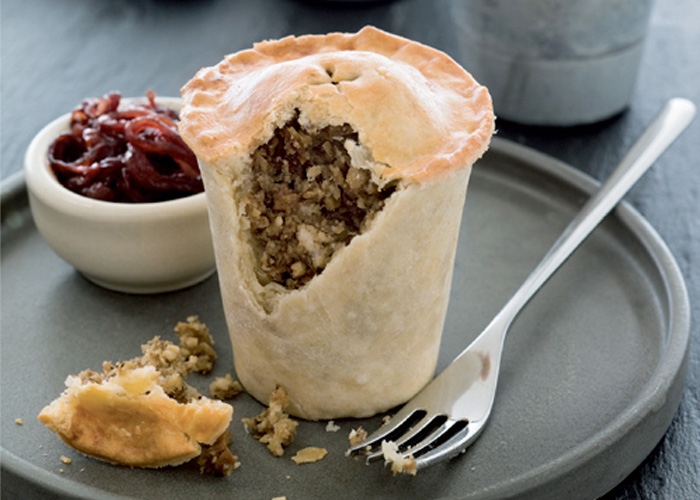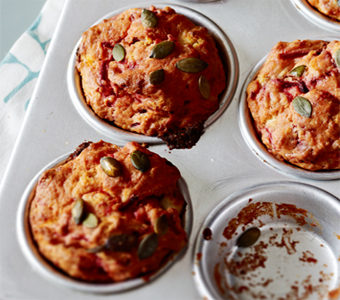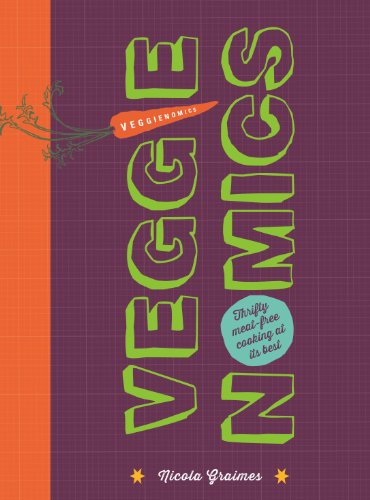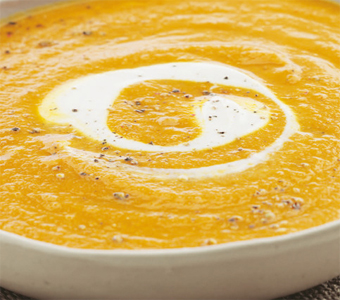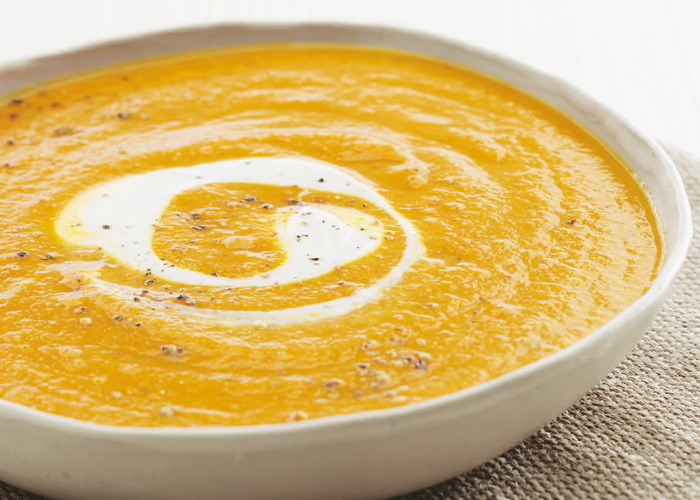Amanda Hamilton’s top 5 healthy winter breakfasts

Apple and Ginger porridge from The Eat, Fast, Slim Diet – the life-changing fasting diet that everyone’s talking about.
The Eat, Fast, Slim Diet by nutritionist Amanda Hamilton is the original life-changing fasting diet for amazing weight loss and optimum health. Try Amanda’s healthy plans with more than 100 nutritious recipes including these 5 warming winter breakfasts.
1. Apple and Ginger Porridge
Serves 1
55g/2oz/heaped ½ cup porridge oats
100ml/3½fl oz/generous cup skimmed or semi-skimmed milk
¾ apple, cored and grated
1.5cm/in piece of fresh root ginger, peeled and grated
1. Put the oats, milk and 270ml/9½fl oz/generous 1 cup water in a nonstick saucepan. Bring to the boil over high heat, stirring frequently. Turn the heat down to medium and simmer for 10 minutes, stirring frequently, until the oats are cooked through and creamy.
2. Stir in the apple and ginger and serve immediately.
2. Peanut Butter Smoothie
Serves 1
145ml/4¾fl oz/generous ½ cup skimmed or semi-skimmed milk
140g/5oz/generous ½ cup reduced-fat natural yogurt
2 tsp peanut butter (no added sugar or salt)
½ tsp cinnamon
1 tsp clear honey
1. Put the milk, yogurt, peanut butter and cinnamon in a blender or food processor and blend until smooth and creamy. Pour into a glass, stir in the honey and serve immediately
3. Fig and Walnut Porridge
Serves 1
55g/2oz/heaped ½ cup porridge oats
100ml/3½fl oz/generous cup skimmed or semi-skimmed milk
1½ ready-to-eat dried figs, chopped
15g/½oz/ cup walnuts, chopped
¼ tsp freshly grated nutmeg
1½ tsp clear honey
1. Put the oats, milk and 270ml/9½fl oz/generous 1 cup water in a nonstick saucepan. Bring to the boil over high heat, stirring frequently. Turn the heat down to medium and stir in the chopped figs. Simmer for 10 minutes, stirring frequently, until the oats are cooked through and creamy.
2. Sprinkle the porridge with the walnuts, nutmeg and honey and serve immediately.
4. Oat, Date and Banana Smoothie
Serves 1
15g/½oz ready-to-eat dried dates
1 small banana, cut in half
30g/1oz/heaped ¼ cup porridge oats
210ml/7½fl oz/scant 1 cup skimmed or semi-skimmed milk
140g/5oz/generous ½ cup reduced-fat natural yogurt
3 tbsp whey protein powder (optional)
1. Put the dates in a bowl, cover with warm water to soften or leave to soak in cold water for 2–3 hours, then drain.
2. Put the drained dates and all the remaining ingredients in a blender or food processor and blend until smooth and creamy. Pour into a glass and serve immediately
5. Raisin Quinoa Porridge
Serves 1
70g/2½oz/heaped cup quinoa
210ml/7½fl oz/generous ¾ cup orange juice
30g/1oz/¼ cup raisins
1 tsp cinnamon
125g/4½oz/½ cup reduced-fat natural yogurt, to serve
1. Put the quinoa, orange juice, raisins and cinnamon in a nonstick saucepan. Bring to the boil over high heat, stirring frequently. Turn the heat down to low and simmer for 20 minutes, stirring occasionally, until all the liquid has been absorbed. Remove the pan from the heat and leave to stand, covered, for 10 minutes.
2. Serve topped with yogurt.
Amanda Hamilton has helped thousands of people lose weight and gain body confidence. Try Amanda’s healthy plans with more than 100 nutritious recipes. Choose a plan to suit your lifestyle and maximize the benefits of fasting – lose weight, slow down ageing and boost your health. Follow Amanda on her inspiring website amandahamilton.co.uk






